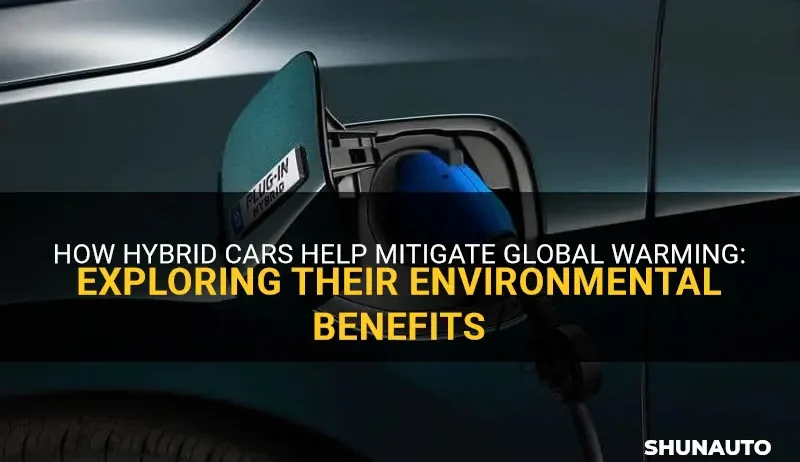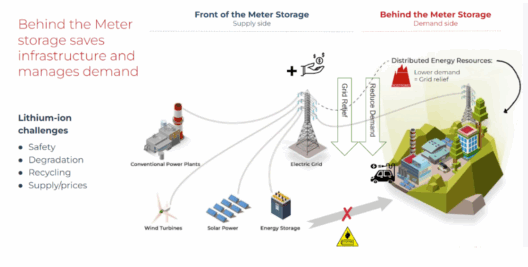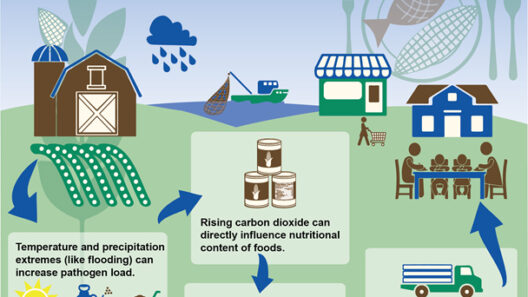As the world grapples with the escalating crisis of climate change, a pressing question arises: How can individual choices in transportation significantly impact global warming? The answer is increasingly pointing towards hybrid cars, vehicles that amalgamate traditional combustion engines with electric technology. But how exactly do these cars contribute to the mitigation of global warming? This exploration will delve into the mechanics behind hybrid vehicles, their potential advantages, and the challenges that come with the shift towards eco-friendly driving.
Hybrid cars, in their essence, are designed to optimize fuel efficiency while reducing greenhouse gas emissions. They seamlessly integrate two power sources: an internal combustion engine (ICE) and an electric motor. By utilizing electric power for low-speed driving and the ICE for higher speeds, these vehicles reduce the overall fuel consumption, leading to decreased emissions of carbon dioxide (CO2), one of the principal culprits of climate change.
Imagine a scenario where millions of vehicles on the roads are hybrid models. The collective reduction in carbon emissions could have profound implications for our environment. According to various studies, hybrid cars emit approximately 20 to 35 percent less CO2 than their conventional counterparts. This statistic alone poses a transformative potential in the broader narrative of global warming.
But hybrid vehicles do more than just cut down on emissions; they also promote energy efficiency. When moving at a low speed, hybrids can run entirely on electric power, utilizing energy that is typically wasteful in standard vehicles. Regenerative braking—a feature that captures energy usually lost when braking—allows hybrids to convert kinetic energy back into usable power. This innovative mechanism not only extends battery life but also enhances the vehicle’s overall efficiency, making it a more sustainable option.
However, the debate does not end with their design and energy efficiency. The manufacturing process and battery production pose notable environmental concerns. Lithium-ion batteries, commonly used in hybrid and electric vehicles, require rare minerals like lithium and cobalt, which involve mining processes that can be harmful to ecosystems. As we create demand for hybrid cars, the challenge arises: How can we ensure that the materials used in their production are sourced responsibly, without further damaging the natural world?
Moreover, while hybrid vehicles do offer a more eco-friendly alternative to gas-only cars, they are not without their drawbacks. The lifecycle emissions, including the production and disposal of vehicle components, must be considered. The environmental impact of battery disposal, for instance, raises questions about sustainability. Will there be sufficient infrastructure to recycle these batteries effectively? Addressing such challenges is essential if we are to achieve long-term sustainability goals.
On a societal level, adopting hybrid vehicles en masse could influence energy policies and urban planning. As cities begin to prioritize eco-friendly transportation, hybrid cars may serve as a stepping stone towards the wider adoption of fully electric vehicles. This transition is crucial in reducing dependency on fossil fuels, ultimately aiding in the fight against global warming.
Individuals also play a pivotal role in this paradigm shift. When consumers choose hybrid over traditional vehicles, they send a clear message to manufacturers and policymakers alike: the demand for more sustainable options is rising. This consumer inclination can catalyze investments in greener technologies, encouraging innovation that might yield even more efficient and environmentally conscious transportation solutions.
Yet, such choices come with questions worth pondering. Are hybrids merely a temporary fix, or are they part of an evolving landscape toward genuine sustainability? Critics often argue that hybrid cars, while beneficial, may divert attention from the pressing need to transition directly to electric vehicles. This contradiction within the eco-friendly narrative warrants serious consideration as we advance.
The future of eco-friendly driving may inevitably pivot towards fully electric platforms. As technological advancements reduce battery costs and enhance efficiency, electric vehicles are poised to become widely accessible. However, hybrid cars remain essential during this transitional phase, offering immediate benefits while larger systems evolve. A keen understanding of both strategies is necessary as we navigate the complexities of global warming.
Ultimately, the integration of hybrid technology into our automobiles offers a promising strategy for fostering sustainable transportation. While the current advantages of hybrid cars are evident, the road ahead must entail critical thinking, responsible sourcing, and systemic changes in consumer behavior and urban planning. Only through concerted efforts can society hope to harness the full potential of hybrid vehicles to combat global warming effectively.
In conclusion, as climate change casts a long shadow over our planet, hybrid cars emerge as a beacon of hope. They exemplify the delicate balance between immediate utility and long-term ecological responsibility. Yet, this technological boon comes intertwined with challenges that call for rigorous exploration and thoughtful intervention. With a focus on innovative solutions and conscientious practices, the future of eco-friendly driving holds tremendous promise, one that we must zealously pursue for the wellness of our planet.







